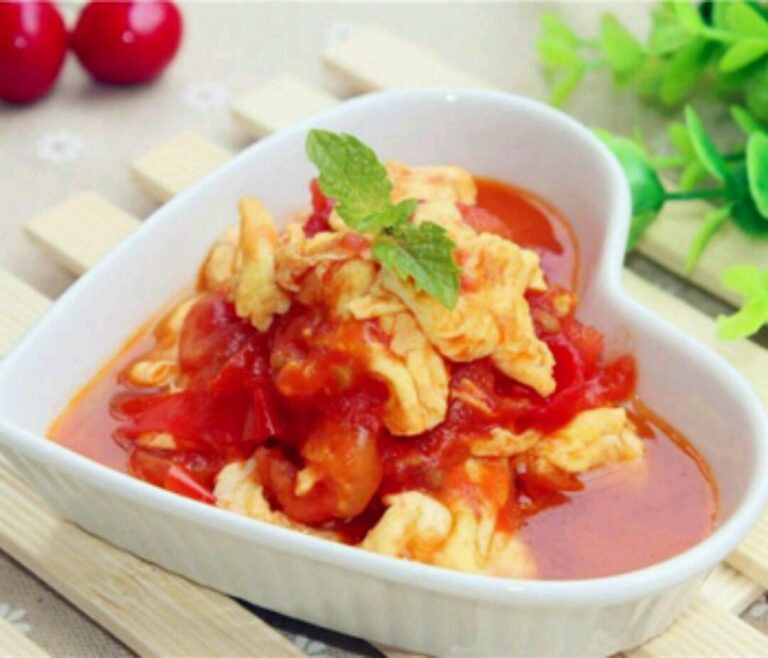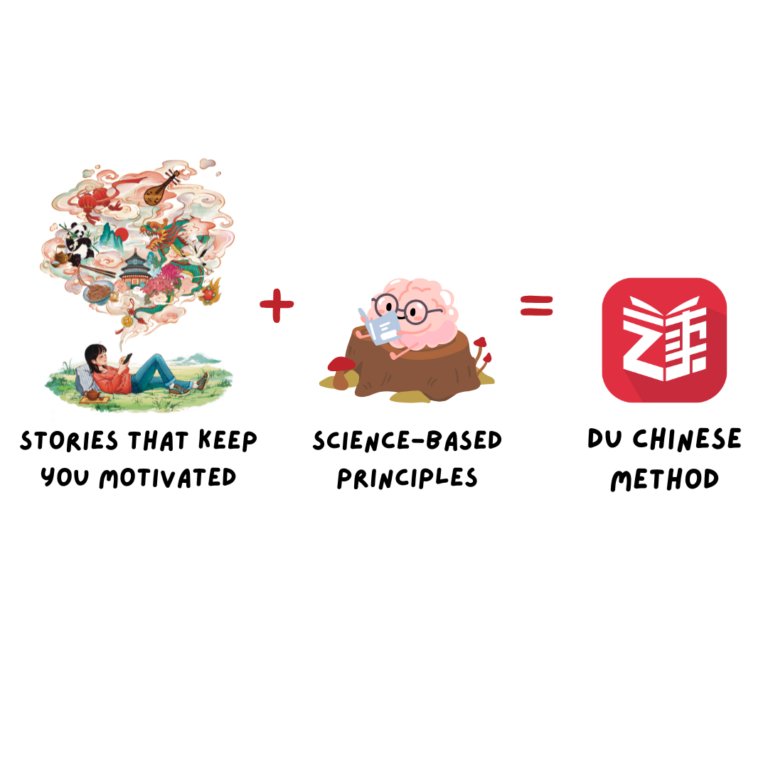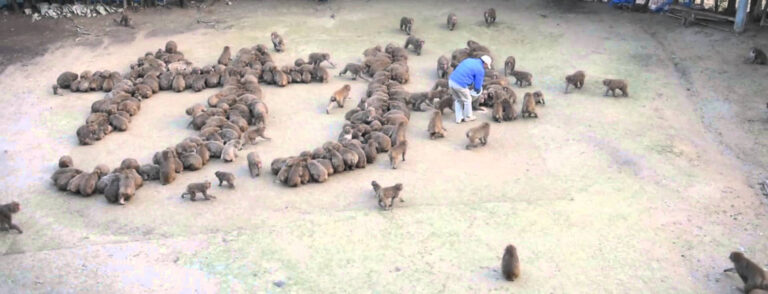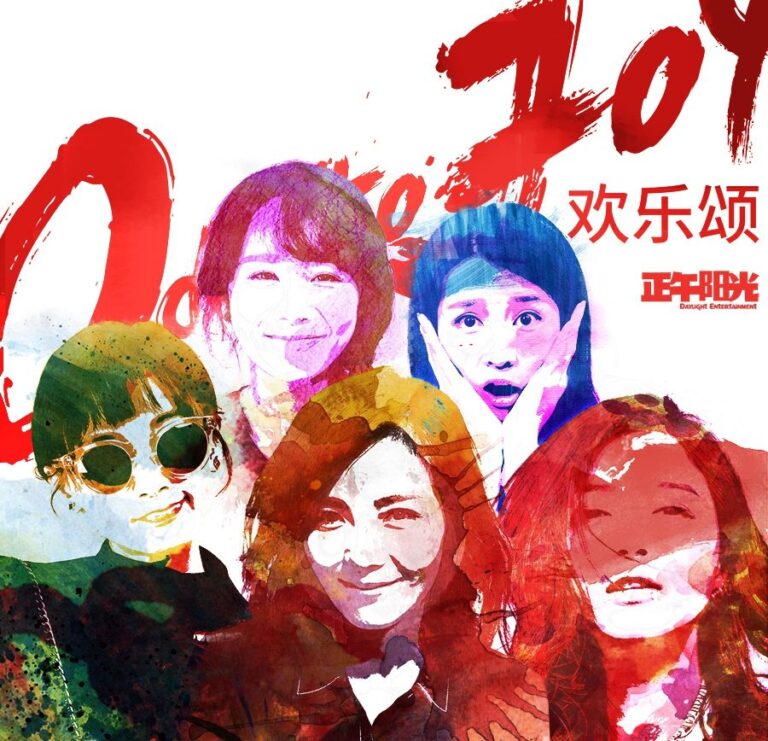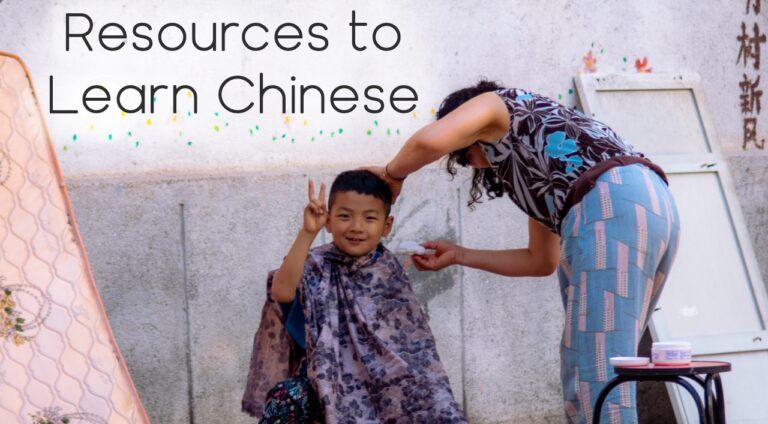How to Order Coffee in Chinese
Using 我要一杯咖啡 (I would like a cup of coffee), to order a cup of coffee really isn’t sufficient these days. What about the size? Would you like it flavoured? How about the kind of coffee bean? None of this is covered by “我要一杯咖啡”. We don’t want you to go unprepared to answer the follow up questions you will certainly be hit with after this phrase. This post covers all the main things you need to know to properly order a cup of coffee in Chinese.
Core Sentence Structure
This is the general structure of how you would order coffee in Chinese. It looks complicated and long but keep in mind that you don’t need to use all the elements, and it’s likely that you have a favorite order that you can simply memorize for convenience. We just want to make sure that you have all the pieces that you may want to use. In the subsequent sections we’ll break down each part of this order for you.
Greeting
First, start with a simple 你好 (hello). Do not greet a barista with ” 你好吗 “. If you say ” 你好吗” with a big smile, it might appear that you’re flirting…poorly!
Drink Size
Coffee size might sound like one of the simplest aspects of ordering a coffee but thanks to Starbucks, it isn’t.
- Small: 小杯 (xiǎo bēi)
- Medium: 中杯 (zhōng bēi)
- Large: 大杯 (dà bēi)
- Short: 小杯 (xiǎo bēi)
- Tall: 中杯 (zhōng bēi)
- Grande: 大杯 (dà bēi)/ 标准杯 (biāozhǔn bēi)
- Venti: 超大杯 (chāodà bēi)
In order to increase revenue, the short size 小杯 isn’t usually displayed on the counter at Starbucks. Frequently what this means is that if you point at the smallest cup on the counter and say 我要一杯小杯咖啡 (I want a small cup of coffee) , the nice barista will answer 对不起,这是中杯 (Sorry, this is a tall.)
Describe Your Coffee
Instead of “咖啡” (Coffee), use one of the more descriptive words below. If you would like your drink iced or flavored you simply add “冰” (iced) and your flavor before your coffee type. For example Iced mocha is “冰摩卡“).
- Espresso: 意式浓缩 (yì shì nóngsuō)
- Double Espresso: 双份意式浓缩 (shuāng fèn yì shì nóngsuō)
- Americano: 美式咖啡 (měishì kāfēi)
- Black Coffee: 黑咖啡 (hēi kāfēi)
- Cappuccino: 卡布奇诺 (kǎ bù qí nuò)
- Latté: 拿铁 (ná tiě)
- Mocha 摩卡 (mókǎ)
- Macchiato: 玛奇朵 (mǎ qí duǒ)
- Caramel: 焦糖 (jiāo táng)
- Vanilla: 香草 (xiāngcǎo)
- Hazelnut: 榛子 (zhēnzi)
- Chocolate: 巧克力 (qiǎokèlì)
- Mango: 芒果 (mángguǒ)
- Cherry: 樱桃 (yīngtáo)
- Peppermint: 薄荷 (bòhé)
- Cinnamon: 肉桂 (ròuguì)
That’s a lot of types and flavors! Try ordering a different type each day to practice your Chinese and explore the flavors, or just memorize your favorite to make your life easier. Eventually it would be cool to memorize all of them, that way you can impress your friends by helping them place an order.
Customizations
These are some of the possible customizations you can have with your coffee. If your customization of choice isn’t listed feel free to comment or tweet at us and we’ll reply and update our list.
- Whipped Cream: 鲜奶油 (xiān nǎiyóu)
- Milk 牛奶: (niúnǎi)
- Skinny: 低脂牛奶 (dī zhī niúnǎi)
- Dry: 多奶泡,少奶 (duō nǎi pào, shào nǎi)
- Wet: 少奶泡,多奶 (shào nǎi pào, duō nǎi)
- Decaf: 低咖啡因 (dī kāfēi yīn)
To Go?
Finally you can end up with “To go”(打包) or “Here” (在这里用)
Example
Good luck ordering your coffee!
This is the accompanying blog post for our elementary lesson “Ordering Coffee“.

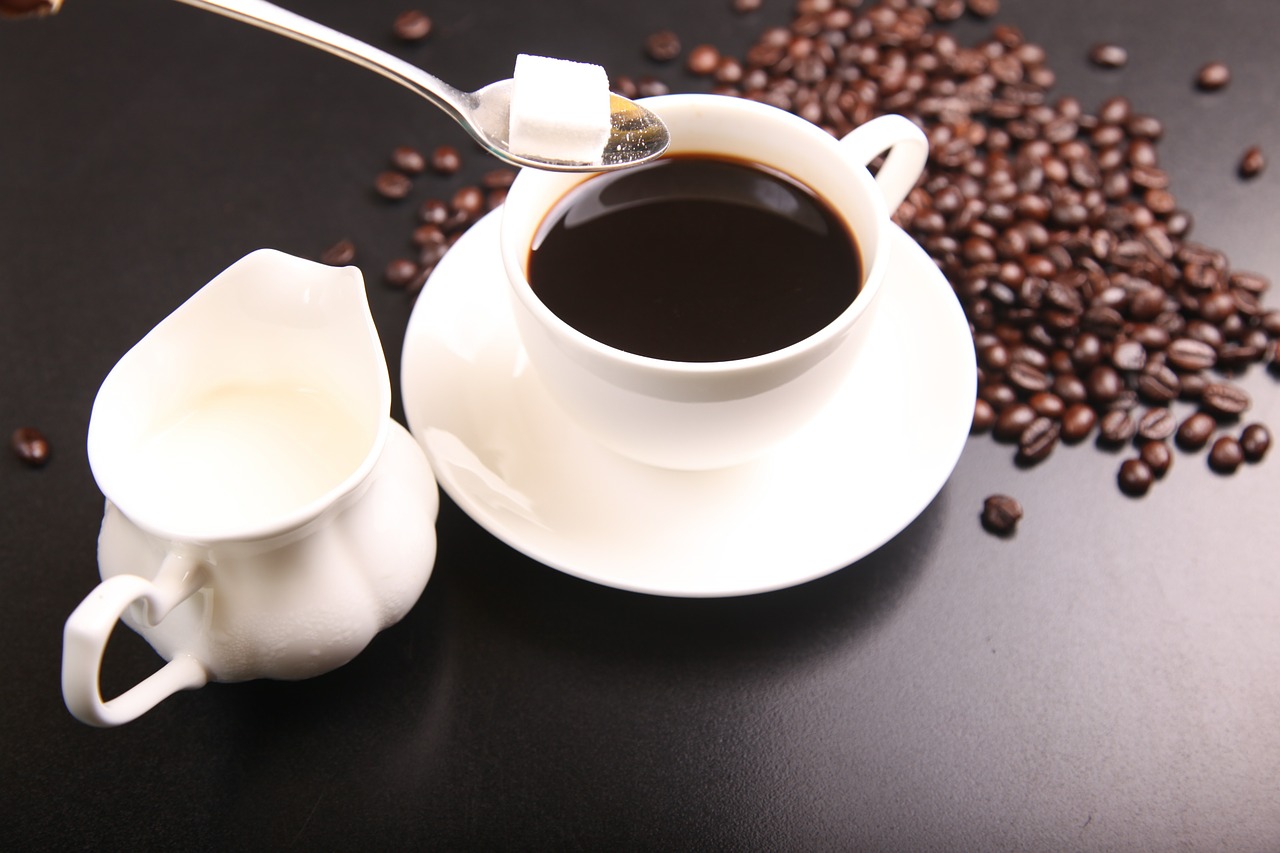
 This blog is provided by
This blog is provided by 